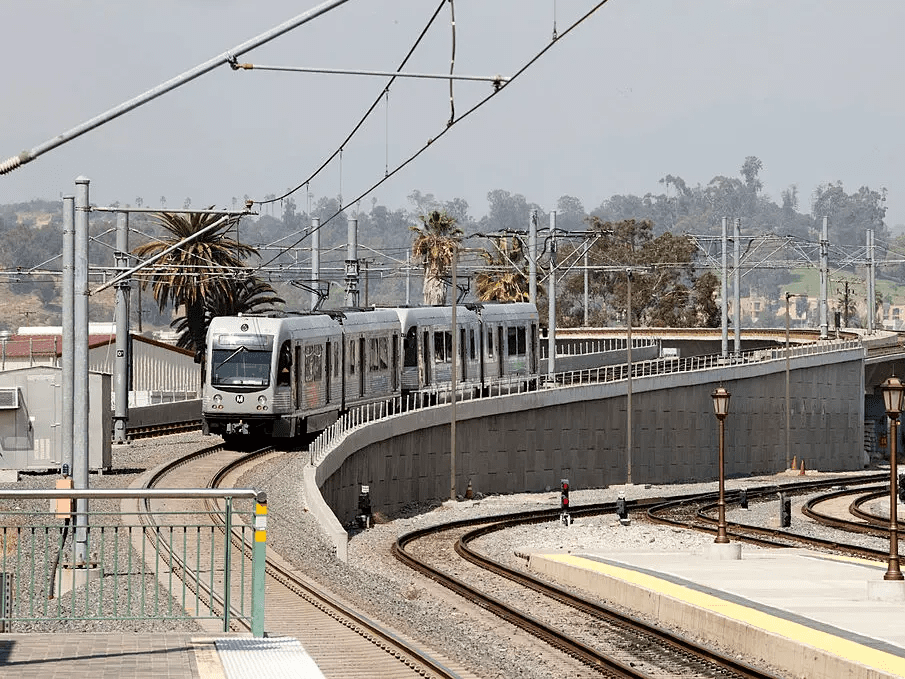The Los Angeles underground system is made up of 6 lines and 93 stations. Although it does not span the entire city, its length of 169 kilometers is not insignificant. The subway runs from 4:30 a.m. to 1:30 a.m., though the schedule varies depending on the line and day of the week. Depending on the timetable, train frequency ranges from 5 to 10 minutes. Read more at la-future.
The country’s second electric-powered subway

In 1907, railroad magnate E. H. Harriman devised a concept for a Los Angeles underground transportation system, intending that it would travel through Hollywood and provide direct access to downtown Los Angeles.
It took nearly 15 years for this initial idea to gain momentum, and construction plans were not realized until Los Angeles’ car dependency began to wreak havoc on its roads.
It was the crowning achievement of the city’s previously existing Pacific Electric Railway, which is widely regarded as one of America’s greatest public transportation systems.
In 1922, the California Railroad Commission hired the Pacific Electric Railway to construct a subway that would bypass busy roads in the center of the city. Plans for that tunnel, which later became known as the Hollywood Subway, were made in 1924.
On December 1, 1925 (approximately two years after the 107-meter Hollywood sign was put in the hills), the 1.6-kilometer Belmont Tunnel opened carrying the Pacific Electric Railway sign. Passengers in Los Angeles reduced their travel time by about 15-20 minutes by paying only 6 cents per journey. Underground travel was a major success in its early years and quickly became one of the most popular means of public transport in Los Angeles.
The outside of the subway building is strikingly similar to that of New York’s Grand Central Station, which is not surprising given that both buildings were designed by the same architect, Leonard Schultze.
The underground, with its terracotta columns and coffered ceilings, serviced thousands of passengers every day (some estimates put the figure at around 50,000). The six-meter-high Belmont tunnel had five lines and six stations for the Red Cars (as the trains were nicknamed at the time).
The number of passengers reached its peak before World War II in the 1920s and 1930s, when trains carried around 65,000 passengers through the tunnel per day.
When highway systems began to surface in the state in the 1950s, passenger numbers began to fall, forcing the Pacific Electric Railway to close the underground in 1955. The last train transporting passengers bearing the inscription “To Oblivion” left on June 19, 1955. The station was closed, and the trains and rails were dismantled. The structure itself remained in use as an office for many years, and the tunnel remained intact until 1967 when it was filled in.
The subway terminal building was refurbished and reopened in 2007 as Metro 417, a luxury apartment building owned by Forest City.
Subway’s revival

With rising gasoline costs and more traffic, the citizens of Los Angeles began to demand a new train system. The railway system was first considered in the 1970s, and construction on the first lines began in the 1980s. The Blue Line light rail line debuted in 1990, followed by the Red Line and Purple Line train lines in 1993.
More than 600,000 people used the Blue Line in the first two weeks after it opened, including 32,000 on the first day of operation and over 70,000 on the second.
As of the second quarter of 2022, combined metro lines carried an average of 74,200 passengers per day on weekdays, making them the ninth busiest fast transportation system in the United States.


